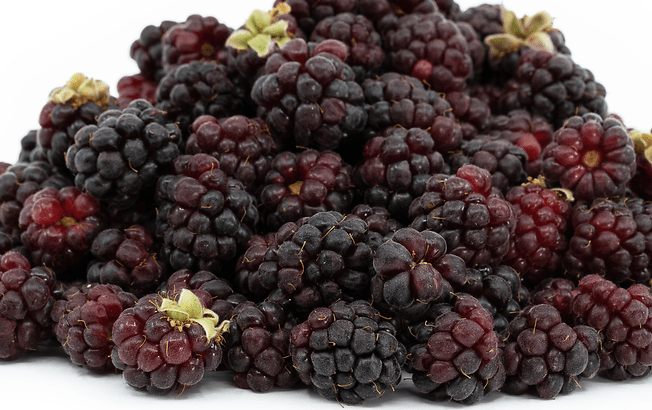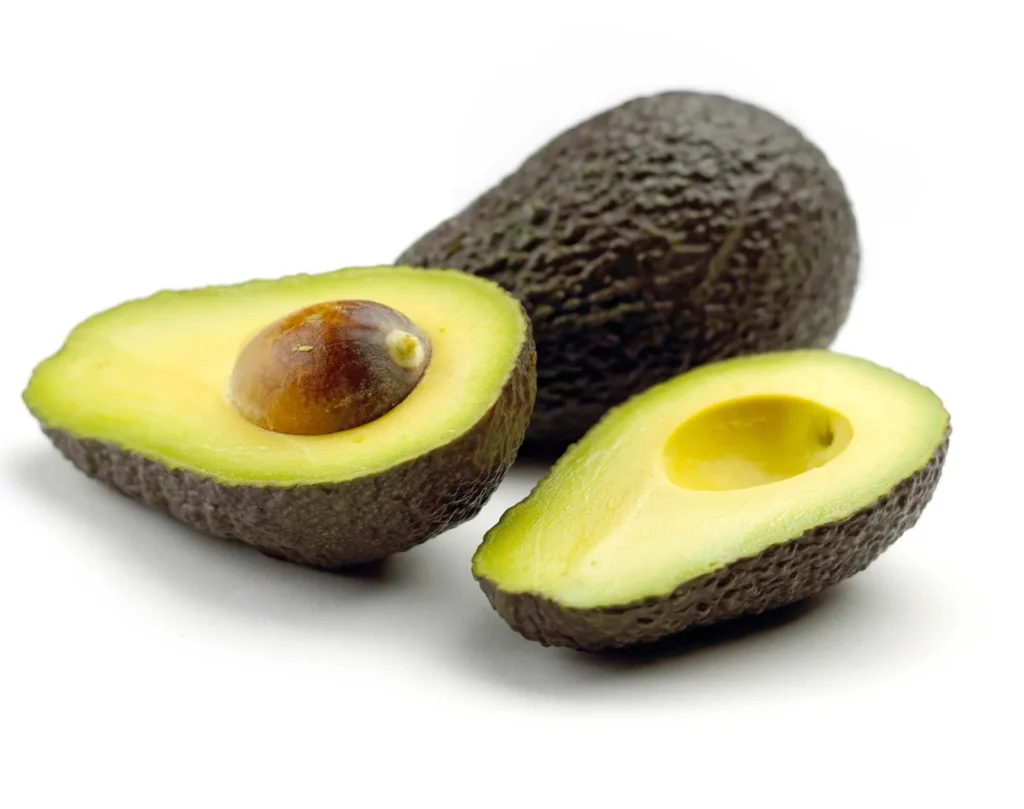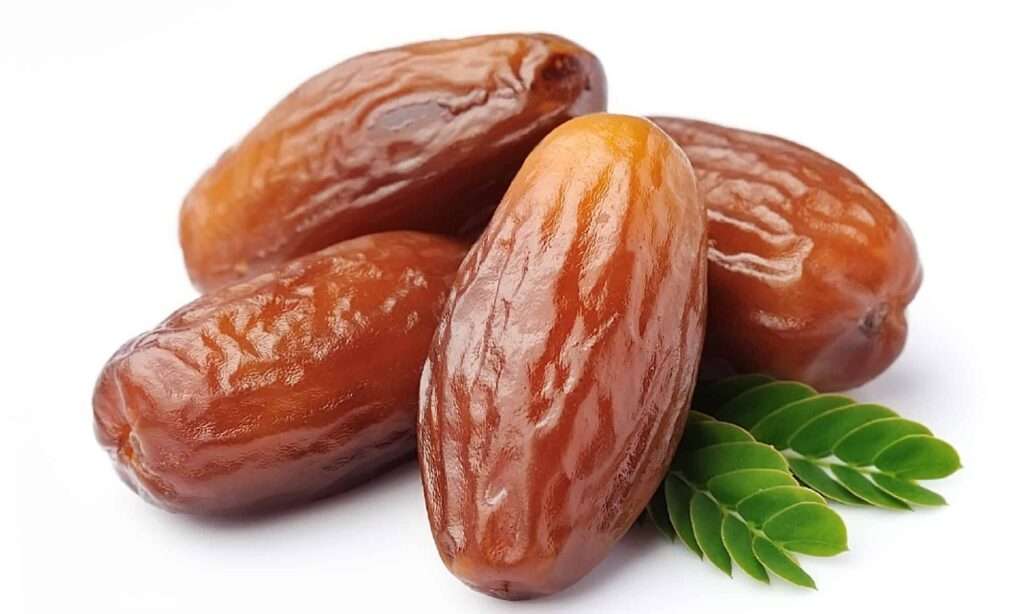
Description
The Boysenberry, a sizable bramble berry, develops on slender vines as opposed to upright bushes. One of the largest berries in the Rubus genus, they can grow up to 2.5 centimetres in length. They are made up of tiny druplets that are firmly grouped around a solid core and each contain one seed. Although it is not unusual for the berries to still have faint red overtones when they are fully ripe, they turn a deep crimson colour.
Varieties
The boysenberry variety most frequently purchased in the US is “Thornless”. A thornless variety called “Brulee” was produced abroad. The New Zealand varieties “Mapua” and “Tasman” are both thornless. “Thornless youngberry” is a hybrid that lacks both seeds and thorns.

Uses
In most applications, boysenberries can be utilized similarly to blackberries, but they are more delicate and slightly sweeter. They are frequently used in classic baked goods like jams and jellies, but they are also delicious in savory appetizers and main courses.
Nutrition
Vitamins C and A, iron, antioxidants, folate, calcium, potassium, phosphorus, magnesium, and dietary fibers are all present in boysenberries in good amounts.
Cultivation
Boysenberry plants require 6-8 hours of direct sunlight every day in an area with full sun. Plants prefer soil that is 6.0–7.0 in pH, rich in organic matter, and well-draining. You can fertilize your transplants with 20-20-20 (NPK), as directed on the packet, or you can add some well-rotted manure or compost.
Table





